Converse launches All Star Modern with 1920s style and Nike technology

Your teams on the go or at home. Personalize SI with our new App. Install on iOS (iOS or Android).
Before there was the Chuck Taylor All Star, Converse simply had the 1920-born All Star. A mere 96 years later, Converse has reinvented the original basketball silhouette, debuting the All Star Modern as the first sneaker in a new wave of classic designs merged with fresh Nike technology.
The plan all starts with the All Star Modern, both a June 16 release of the lifestyle sneaker and a June 9 HTM—Nike’s vaunted design trio of legendary designer Tinker Hatfield, Nike CEO Mark Parker and designer Hiroshi Fujiwara—version of the shoe. But from there, expect this plan to come at us with Converse heritage shoes originally seen on the basketball court, badminton court (the Jack Purcell was originally a badminton shoe) and running trail.
“Coming out and seeing the success of the Chuck 2 was really the first step in a grander plan and a grander vision,” Bryan Cioffi, Converse vice president and creative director of global footwear, tells SI.com before the All Star Modern launch. “Now it is about getting into the archive and using some of that exciting innovation and construction technology we can get our hands on and build some really fun, amazingly crafted product with cool authentic stories.”
• MORE NBA: Summer that shaped NBA Finals | Klay, Steph as decoys
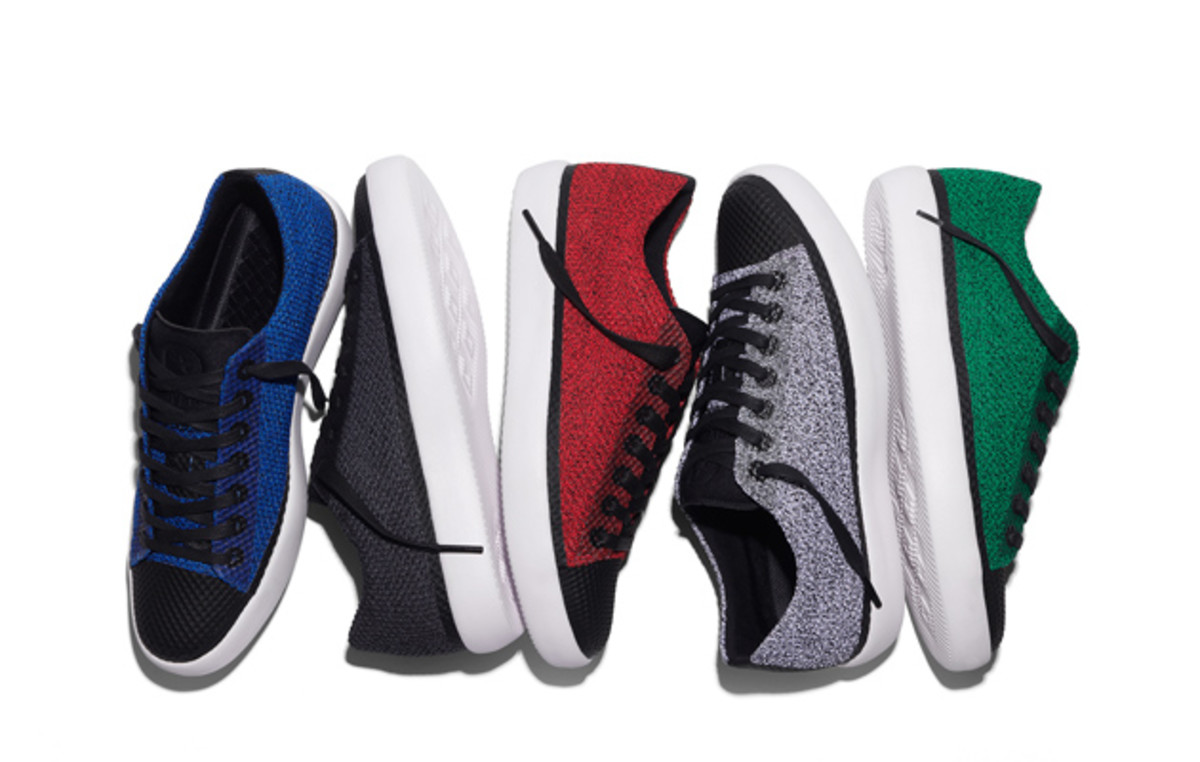
The All Star 20, as its known in Converse circles, was something Taylor was wearing at the time, but was not the same as the Chuck signature. Taylor made upgrades and detail changes when he signed on. The All Star Modern ties into the original design story of the shoe, but uses the tech-heavy resources of Converse parent company Nike to do so. It starts with Nike Hyperfuse, a technology that combines materials with less stitching and glue. Using TPU in new ways allows the All Star Modern to have a new toecap construction and a stripe with a thin, durable TPU overlay. Expect a circular breathable knit for the upper, Phylon foam underfoot and “best in class” materials for the finished product.
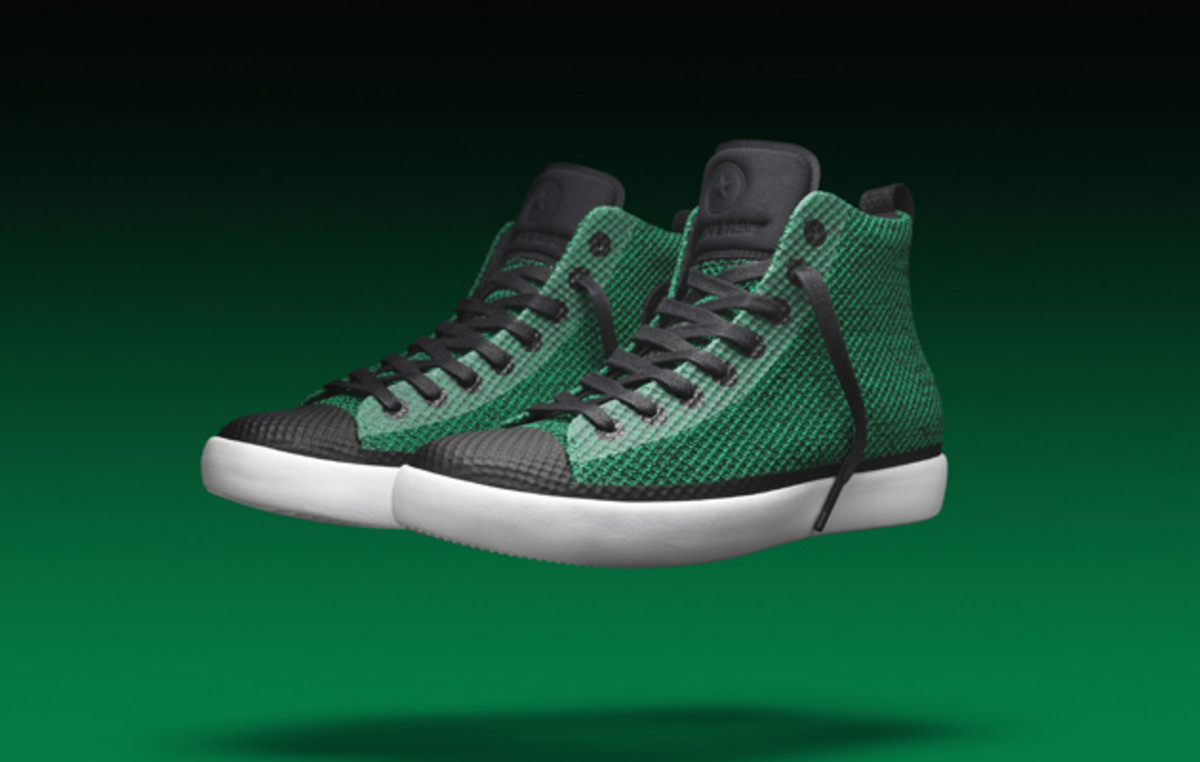
Balancing all that modern technology with the classic feel of a 1920 design brings challenges. “I think it is tough,” Cioffi says. “We constantly have to work it back and forth, but we are one of the very few brands that can do it. You get yourself a cool kit of materials you want to use and modern constructions and then constantly refer to your archive and heritage.”
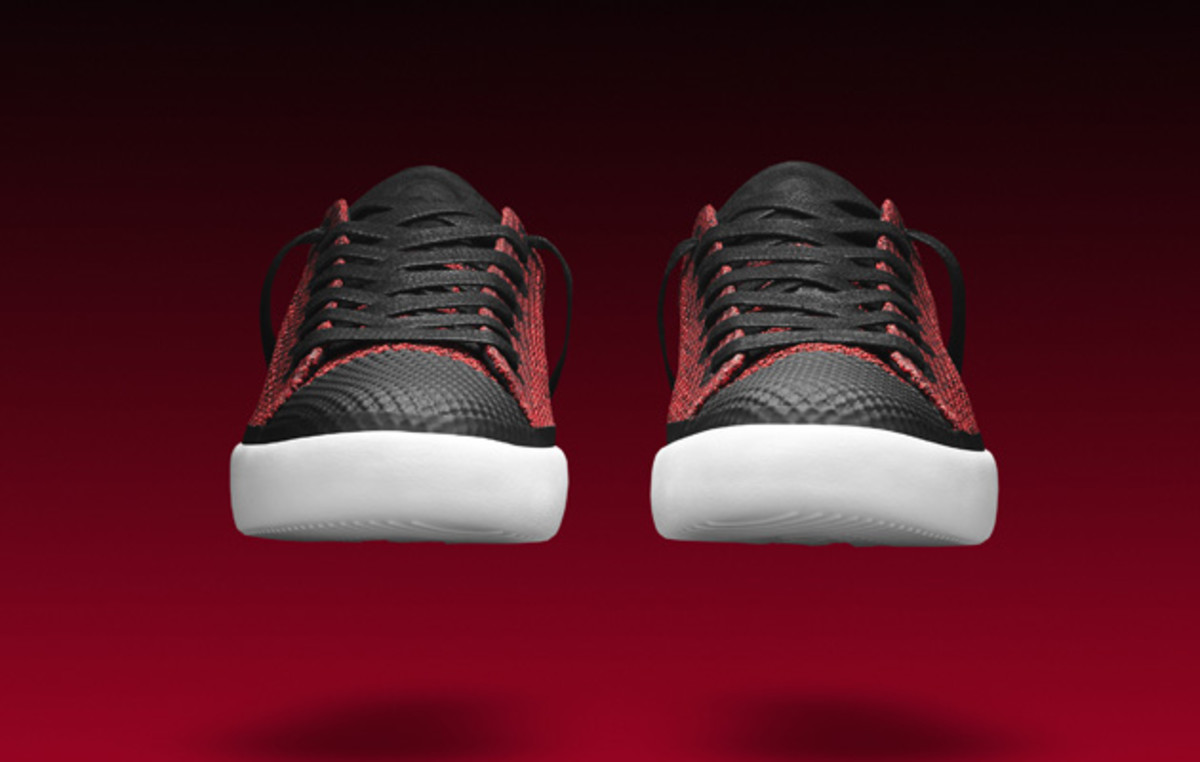
Building the All Star Modern wasn’t about creating an exact copy of lines, but rather understanding the way the original product was designed. “What were those original designers evolving for and what were they aiming at?” he asks. “And then you’re saying we are time travelers, we are those guys, using the same kind of (design) ethos and look if we travel 100 years in the future and have these amazing materials. You constantly have to remind yourself of that and constantly have a team working through that together.”
Expect the All Star Modern to highlight the evolutionary steps of 1920. Back then, making a shoe lightweight was a struggle. Keeping the laces secure was a challenge. This new version modernized the eye stay (where the laces weave through grommets) by calling out the space with a different material. The leather ankle patch of 1920 was there for durability before it was a branding element. Same for the toecap. That’s why Converse gave those specific areas special Hyperfuse or TPU designs, a modern take on a heritage solution.
Cioffi says the little details—some that weren’t there on the Chuck—make the All Star Modern surprising.
• MORE NBA: 2015–16 NBA season sneaker awards | 100 best Finals photos
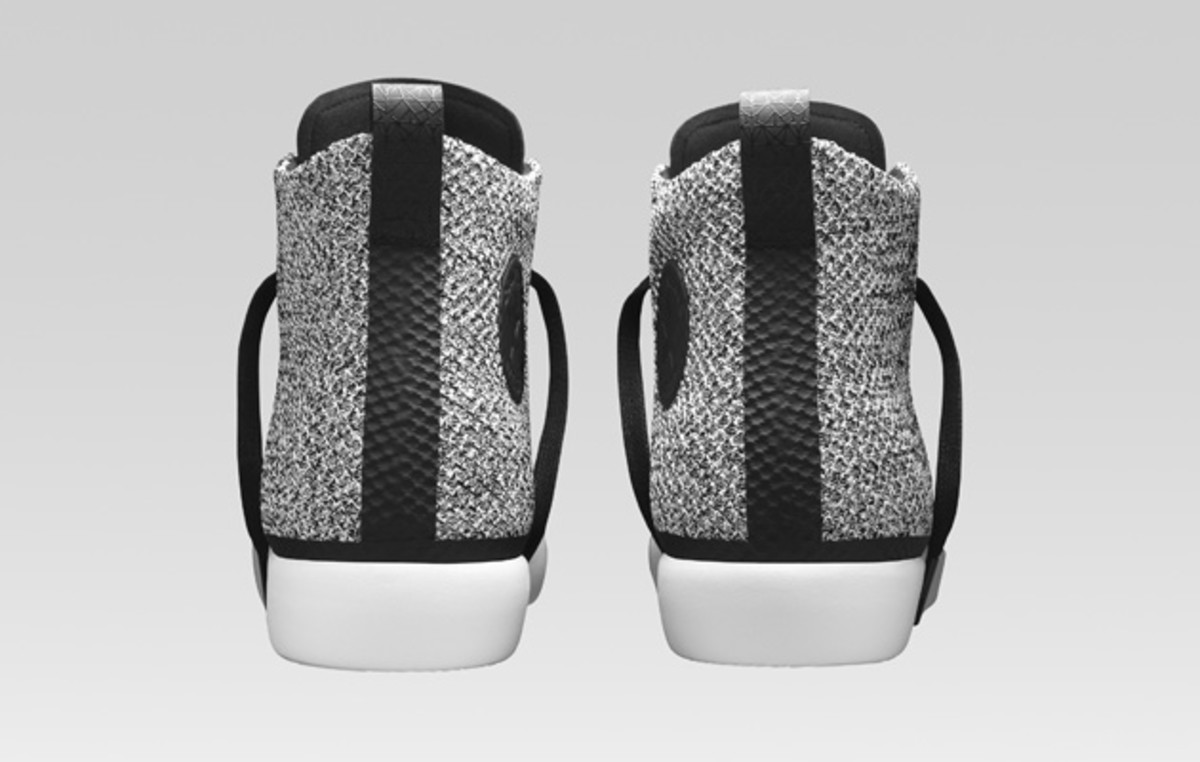
Another surprise comes in the HTM design team stepping out of Nike product for the first time ever, creating a simplistic black and white version of the All Star Modern. Taking it one step further, they brought out goat leather, a neoprene liner and made it “hyper simplified.”
“It is so stark and modern and beautiful,” Cioffi says. “It is the hardest to take a sneaker already so simple and take it one click further and make it really pop still.”
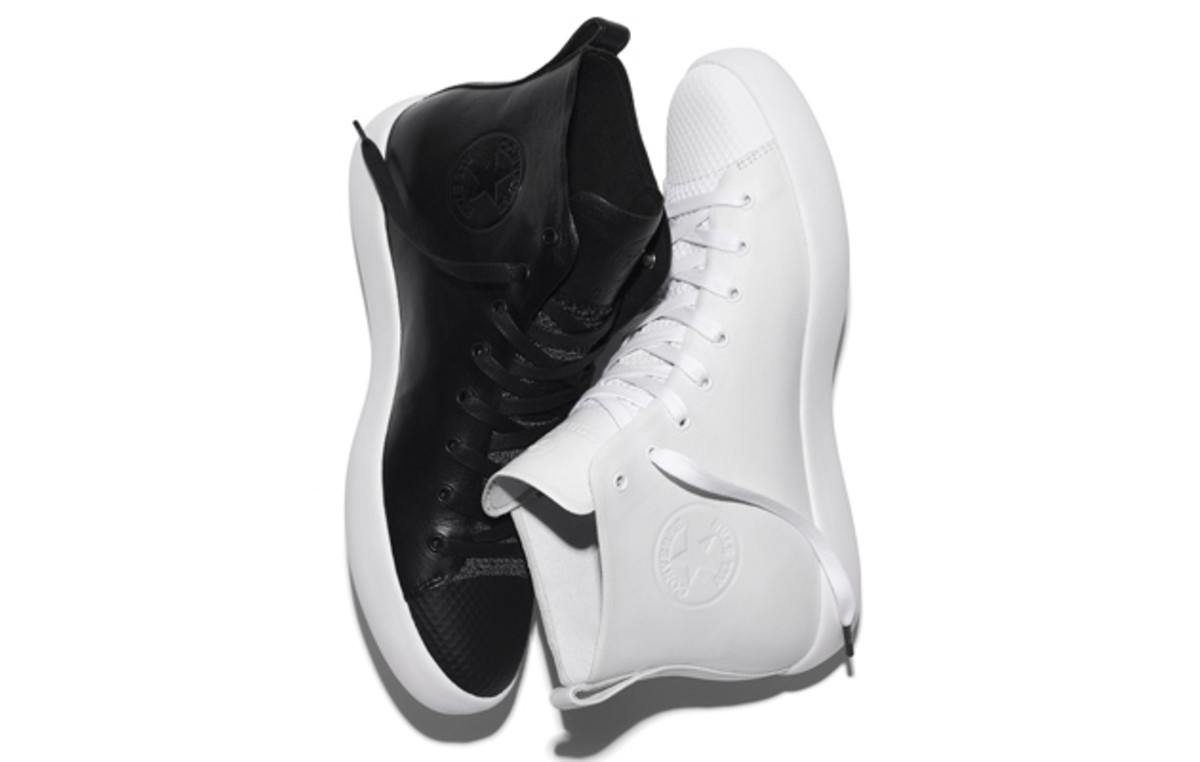
While the All Star Modern HTM launches in black and white, the All Star Modern will hit the streets in black, red, green, blue or white.
Then comes more. “I can’t tell you what the next one is,” Cioffi says about the already designed second shoe in the modern line. “You don't have to wait long. This is not some sort of one or two and double back, this is where we are going as a brand.”
Working with the in-house archivist, Converse has planned out a mix of classic models getting a modern tweak. And not just basketball. The releases will last years and enjoy a cadence. “That is the toughest part, which ones when,” Cioffi says. “It is not chronological, but it should make sense. We have a lot of stories to tell. We want to put them all out at the same time, but we are trying to go on that journey.”
A 108-year-old journey that merges history with the now. Starting with a 1920 meets 2016 All Star Modern.
Tim Newcomb covers sports aesthetics—stadiums to sneakers—and training for Sports Illustrated. Follow him on Twitter at @tdnewcomb.
